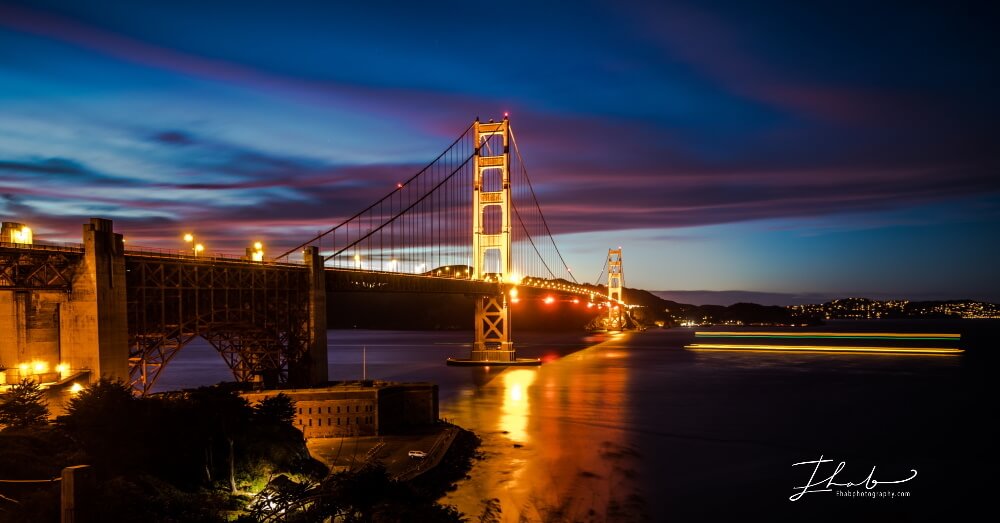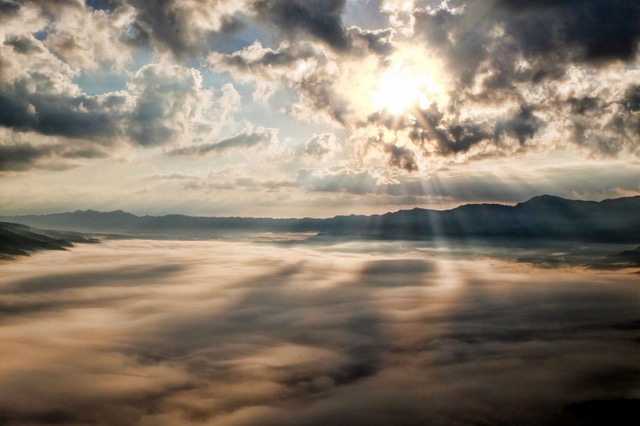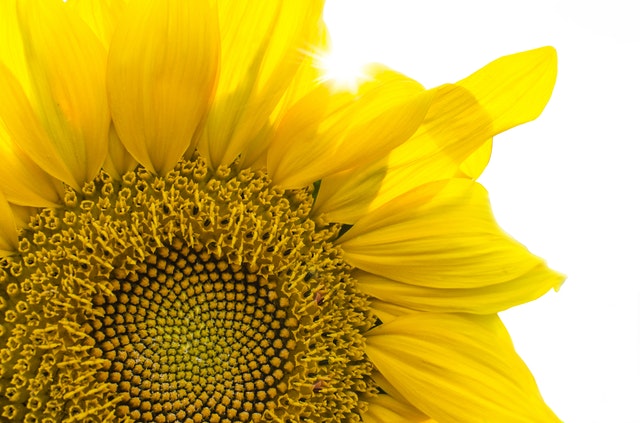One question that comes up a lot, even among pro photographers, is “What is the difference between RAW and JPEG?” Would it surprise you to know that both have a place in the tools of the modern digital photographer? For more information about the file format, you may check my post “What Is Photo File Format- How To Use It“. Let’s take a look at when and why you should shoot in RAW format and how to make the most of both!
RAW File Format
-
Advantages of RAW
Ultimate Flexibility: When looking at what the difference is between RAW and JPEG is, flexibility is the #1 answer. You’re working with the base image data of your photo with RAW and that gives you immense control over the outcome. As long as you exposed the scene fairly well, RAW allows you to make sweeping adjustments to exposure, contrast, sharpness, clarity, tones, dynamic range, noise levels, and much more.
Note that both the software you’re working with and the innate qualities of the sensor the RAW file came from makes a big difference. ISO invariant sensors like Fujifilm and Pentax give you more latitude in adjusting brightness compared to non-invariant sensors. Back-sensor illumination (BSI) technology used in cameras like Sony and Nikon full-frame models offers moderate increases in dynamic range over non-BSI cameras.
Another reason why you should shoot in RAW format is that the tonal range of RAW files is massive compared to JPEG. An 8-bit JPEG image can simulate “only” around 17 million colors. A 14-bit RAW file, on the other hand, reaches over 4 trillion colors. Some cameras can even create 16-bit RAW for 281 trillion colors! When it comes to RAW vs JPEG, RAW is the king of image editing!
-
Disadvantages of RAW
File Sizes: While shooting in RAW format is ideal, RAW files can be massive. Depending on your camera’s resolution they can run from 30 to 160 MB each. That slows down transfer, editing, and conversion times if you’re not using the latest computer. That’s also far more storage space than JPEG files require; RAW file libraries fill up faster than you’d expect!
Because RAW files are so much larger, they also fill the camera buffer more quickly. RAW burst rates usually max out at around 10 frames per second while JPEG bursts can reach 30-60 fps in higher-end Micro 4/3rds and APS-C cameras.
-
Editing and Export:
Another consideration when looking at the difference between RAW and JPEG is, is that RAW files take work, which is why you chose to shoot RAW, after all! By using RAW, you’ll need intimate knowledge of your editing software to make the right adjustments. Once you’ve made your edits, you’ll then need to convert your files to JPEG, TIFF, PNG, or another well-recognized format for export. All of this takes additional screen time and shooting JPEG and getting it right in the camera doesn’t need it.
Shooting in RAW format is something you’ll want to do often but JPEGs do offer a few instances where it makes sense to use them.

JPEG File Format
-
Advantages of JPEG
Smaller File Sizes: When asking “What is the difference between RAW and JPEG,” it’s clear that file size stands out. JPEG file sizes vary and most digital cameras allow you to create small, medium, or large files, often labeled as normal vs fine quality, etc. A fine-quality JPEG might be 12-16 MB, depending on the resolution of your camera. A RAW file from that same camera can be up to 60 MB.
Because the files contain less information, JPEG files can not only be created more quickly but stored in the internal buffer and fed to the memory card quicker as well. RAW camera burst rates are often half that of the JPEG rates, with some of the fastest cameras limited only by the write speed of your SD card. If action, sports, and wildlife photography are your specialty, shooting JPEG can give you more shots to choose from in a given sequence.
Smaller files also mean they take up less storage space in your computer, SD card, or backup drive’s memory. Storage is cheap nowadays. But if your memory card is filling up during a long day in the field, shooting JPEG allows you to shoot far more photos than RAW.
Completely Corrected: White balance, contrast, sharpness, saturation, and other corrections are already baked into the file. If you’re not looking to perform a lot of edits in the post, or your camera allows you to set precisely the above parameters, there’s little reason to shoot in RAW format.
JPEG is the Main Image Format: Regardless of whether you use a computer, tablet, smartphone, or smart TV, JPEG files are universally recognized. RAW images use proprietary file formats and are generally recognized only by your camera and editing software.
Despite these advantages, shooting in RAW means you can avoid the following:
-
Disadvantages of JPEG
Flexibility: Getting your JPEG files perfect in the camera is ideal. But if your images need editing, JPEG files have less data to work with and are less flexible than RAW files. This is because large amounts of unneeded image data are baked into RAW files specifically so your software can call upon it if you want to make adjustments. When adjusting exposure, dynamic range, contrast, and other elements in a JPEG image, the software is guessing to an extent. And because those guesses aren’t perfect, the more you push JPEGs, the worse off they tend to look.
As a lossy compression, the amount of discarded information depends on how far you compress your files. If you choose the smallest JPEG size your camera creates, they will still look fine on smartphones and other small displays. But upon viewing on a laptop or TV screen, you’ll quickly begin to notice granulation and other artifacts that even the largest JPEGs lack. You’ll come to understand why you should shoot in RAW format after you see a low-quality JPEG you thought was high!
-
Added Edits:
You might think an in-camera JPEG is a clean version of the RAW output but you’d be mistaken. Cameras often apply additional sharpness, contrast, and color correction to JPEG output, regardless of any additional settings you later choose. This is because the manufacturers know when you’re shooting JPEG you want images for immediate use, not future editing. So they choose JPEG settings that are instantly appealing. And that’s not a bad thing! But if you’re going for a specific effect, it means you’ll have to factor in the corrections your camera is making while shooting JPEG that you might not when shooting in RAW format.
Conclusion
What is the difference between RAW and JPEG? Well, both file formats are surprisingly useful to both beginners and professional photographers alike. If you need to prioritize speed, fast sharing, and smaller file sizes, JPEG should be your format of choice. If your out on a casual day of shooting, simply shoot JPEG rather than constantly needing to adjust and convert RAW files in post.
But when quality matters more, lighting environments are complex, or do you know you’ll want to make adjustments in the post? You should be shooting in RAW format. RAW files are also future-proof; even if you export a JPEG file, saving the RAW image means you can make later adjustments and exports without a lossy secondary JPEG conversion!
Related Posts:
What is the Photo File Format?
Thanks for reading, I hope you enjoyed the article if you have any questions just post them below & I will be happy to answer you.
If you enjoy the site, don’t forget to subscribe, we will only inform you when a new article is posted.









Wow, this is awesomely written here. I like the way you have pointed out the differences between the raw and JPEG files. It is something good to understand but I have a question. In this post, you say that shooting in JPEG helps to reduce the size of the output but I want to know if it also reduces it’s quality alongside.
Hi John
Yes, using JPEG file formate reduces the quality of the your photos because it compresses the data within the file. Also, remember that JPEG files lose quality every time you open them, make adjustments, and save again. It’s what is known as a “lossy” file format.
So if you’re making edits to JPEGs you always have to be duplicating the image and saving out a new version if you don’t want to lose file quality.
Thank you for explaining the differences. I don’t consider myself a professional photographer but it has always been a hobby of mine ever since the days of developing my own black and white film photographs taken with my manual Canon FT 35mm SLR camera. Now I take digital photographs when I travel and sometimes for images for my websites.
I have heard of RAW but I never really looked into switching to it from JPEG, which is the format I usually work with, and sometimes PNG. After reading this I believe that for what I am using my photographs for, the smaller image memory size and faster speed, I will continue with JPEG for use in my websites. Loading speed is a must for my website media.
Hi Robert
I think there is a little misunderstanding here, Although when shooting with raw file formate will consume a large memory space, it allows you to fully adjust most of the shooting parameters (exposure, white balance, color saturation, and much more), when you are editing the photo in Lightroom or Photoshop. After finishing the edit you can export your file in JPEG formate or PNG or what so ever to make it small so it can be easily uploaded to your website. But if you shoot in JPEG file formate, the editing capabilities are very limited.
I hope it is becoming clear now, and thanks for your comment.
Thanks for this post on the difference between raw and jpeg, i have not used jpeg before i don’t really have a proper understanding on how it’s been used , but this post has really made me too, i wanna ask for a novice which one can you recommend is it raw or the jpeg?thanks
The RAW file format is like the old negative, it contains all the photo parameters without any changes or compression. So it gives you the full power for editing. On the other hand, the JPEG format will give you limited space for editing and it has a lower memory space. So as you see it depends on what you are going to do with your photo after shooting.